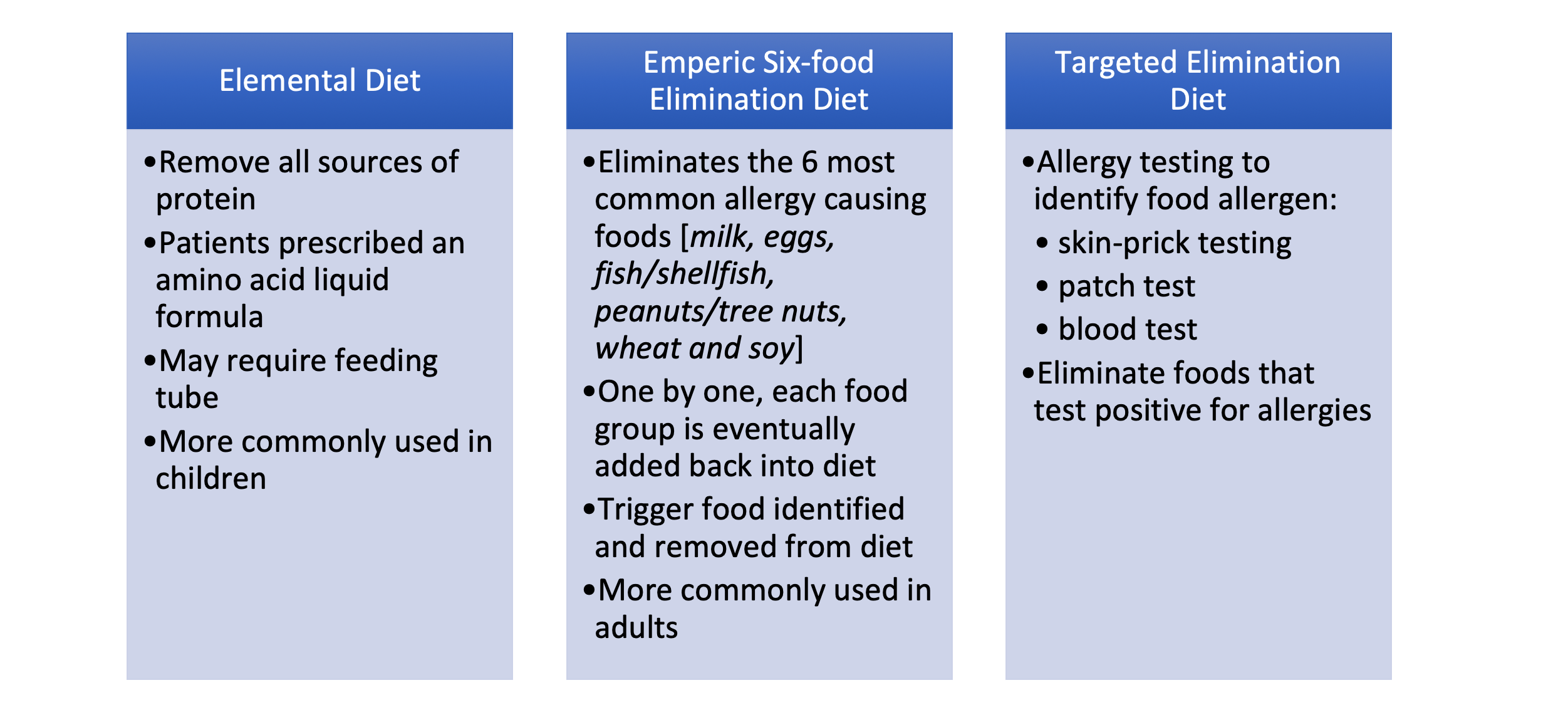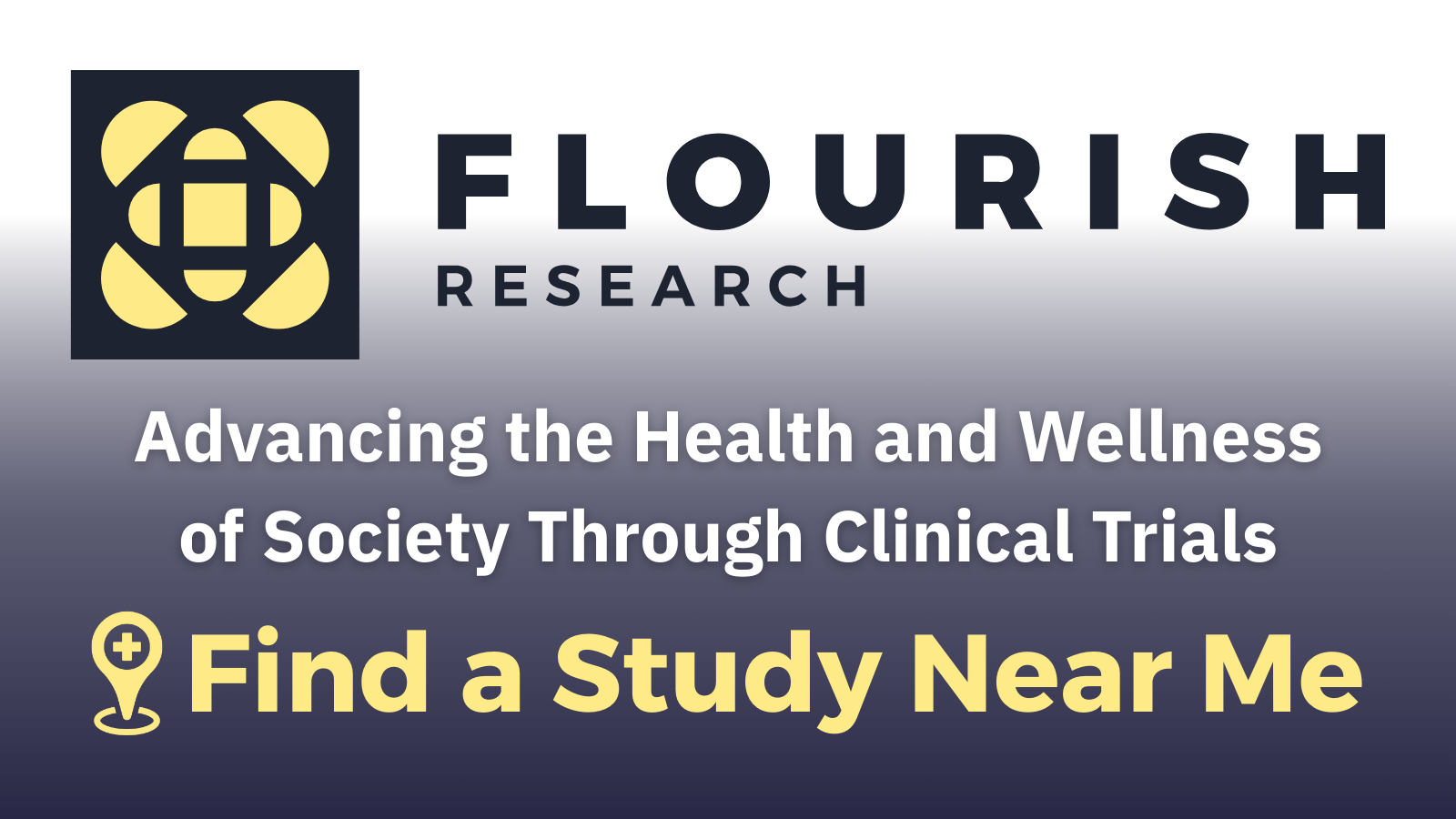Eosinophilic Esophagitis (EoE, EE)
Eosinophilic Esophagitis (EoE) is a chronic, immune-mediated disorder. It occurs in approximately 1 in 10,000 people and affects people of all age groups, with males being affected more frequently. EOE is associated with food allergies or other allergens, causing eosinophils (type of white blood cell) to migrate from the bone marrow (via blood) and settle in the esophagus causing inflammation to the esophagus. No one knows exactly why EoE occurs. People with EoE tend to have allergic conditions such as asthma, seasonal allergies, allergic rhinitis, and eczema.
Symptoms of EoE: EoE symptoms can overlap with symptoms of a condition called gastroesophageal reflux disease (GERD). Patients with EoE experience symptoms described as,
- “feeling like food is moving slowly"
- “feeling food going down”
- food getting stuck in the esophagus,
- acid reflux, chest pain, nausea, vomiting,
- failure to thrive (children), regurgitation, and esophageal strictures.
If EoE is not controlled, the eosinophils will cause damage to the esophagus. Sometimes the food that gets stuck in the esophagus (food impaction) may require emergency removal.
How is EoE Diagnosed? If you have symptoms of EoE, your doctor will order a procedure called an endoscopy (EGD). An EGD is required to confirm the diagnosis and is performed by a specialist called a gastroenterologist. Patients are sedated for this procedure and a small flexible tube with a light and camera on the tip is inserted into the patient’s mouth. During the endoscopy, several biopsies of the esophagus will be taken and sent to the laboratory for analysis under a high-power microscope. EoE is confirmed when 15 or more eosinophils per high-power field are found (≥15 Eos/hpf).
How is EoE Treated? Many patients with EoE are initially treated for GERD using a medication called a proton pump inhibitor (PPI). However, most EoE patients do not respond to anti-GERD treatment. Treatment with PPIs is given for a minimum of 8 weeks followed by a repeat EGD and biopsy. If the eosinophil count remains elevated (≥15/hpf), the diagnosis of EoE is confirmed and a different treatment is given. Patients with EoE are often referred to an allergy specialist for evaluation. Allergy testing can be done to identify which foods are triggering the EoE. Treatment for EoE usually includes dietary management and/or medication, or treatment on a clinical trial.
- Dietary treatment options include:

- Corticosteroids are the type of medication commonly used to treat EoE. This is often in the form of an asthma inhaler, or a nebulizer solution that patients are instructed to swallow (instead of inhaling)

- Treatment on a Clinical Trial – currently there are no medications approved by the Food and Drug Administration (FDA) for the treatment of EoE. Clinical trials are currently underway to test new and innovative therapies to manage this disease. All clinical trials are published online at clinicaltrials.gov
If you have symptoms of EoE, it is important that you seek medical care and discuss your symptoms with your doctor. You can also learn more about EoE from advocacy organizations such as Apfed (apfed.org), or by joining online patient communities such as Healtheo360 (healtheo360.com). Research is currently being conducted around the United States for this condition.



